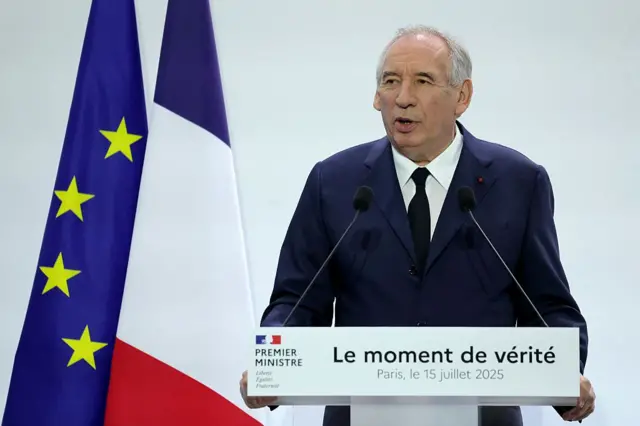Quantum Threat Spurs Bitcoin Developers to Freeze 25% of Coins Preemptively

In a bold, forward-looking defense, Bitcoin developers—led by Jameson Lopp—have proposed a protocol-level freeze of quantum-vulnerable coins. Affecting roughly one-quarter of the supply, including coins tied to Satoshi, the plan is structured as a phased freeze to compel migration to quantum-resistant addresses .
🧠 The Problem at Hand
Legacy addresses, like pay-to-public-key and reused P2PKH, expose public keys whenever funds are spent. Studies show that 25–30% of all BTC is at risk if quantum computers can crack ECDSA encryption.
Quantum hardware capable of deriving private keys could emerge within 5 to 10 years, according to leading cryptographers .
🚨 Freezing for Safety
Under the new BIP, a soft-fork protocol would unfold like this :
- Step 1: Prevent any new transactions to vulnerable addresses.
- Step 2: After a delay, disable spending from those addresses entirely—coins freeze in place.
- Step 3 (optional): Enable a recovery pathway using proof of key ownership, to reclaim coins safely.
This approach reverses Bitcoin’s historical norm: proactive protocol intervention to protect long-dormant holdings, including Satoshi’s stash.
🧪 Community Dilemmas
- The measure has stirred debate: it’s highly unusual for Bitcoin to disable coin movement, even as a protective tactic .
- Adoption requires broad consensus; additional debates over post-quantum address sizes and network performance loom .
🔍 What’s Next
- The draft BIP will undergo review and possible revision in coming months.
- If approved, stakeholders will face essential migration deadlines to preserve control over legacy BTC.
- This bold initiative signals that the Bitcoin core community now takes the quantum threat seriously—and is willing to alter the protocol’s fundamental asset mobility to protect it.





